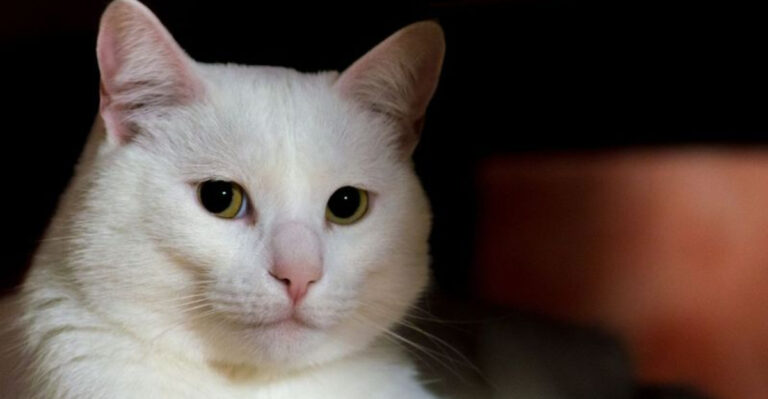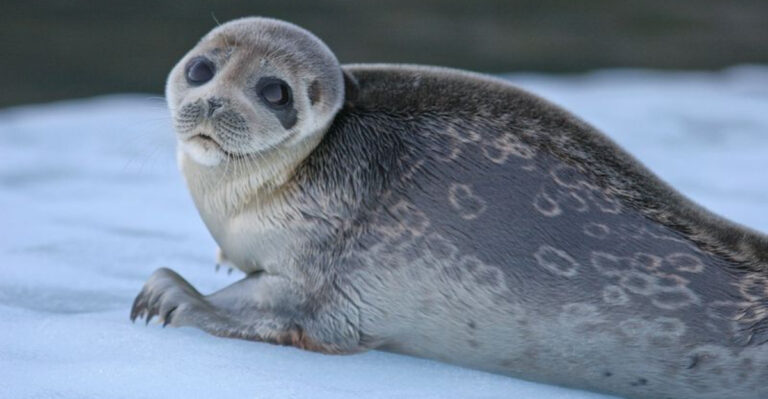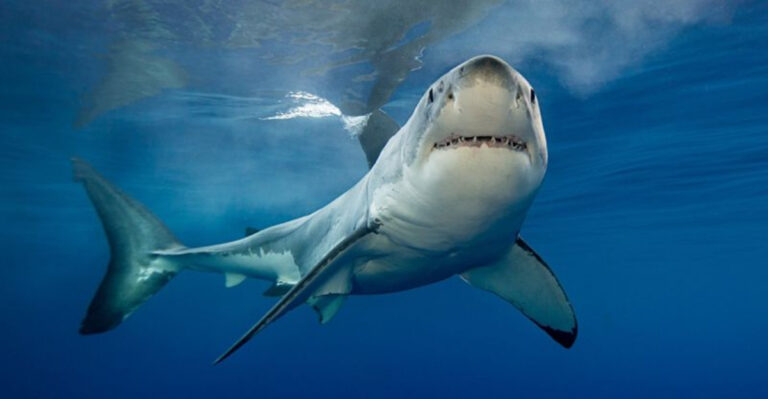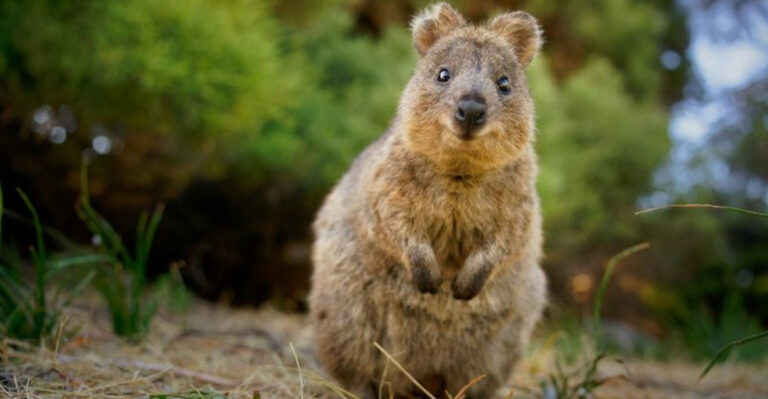9 Melanistic Big Cats And The Survival Advantages Of Their Dark Coats
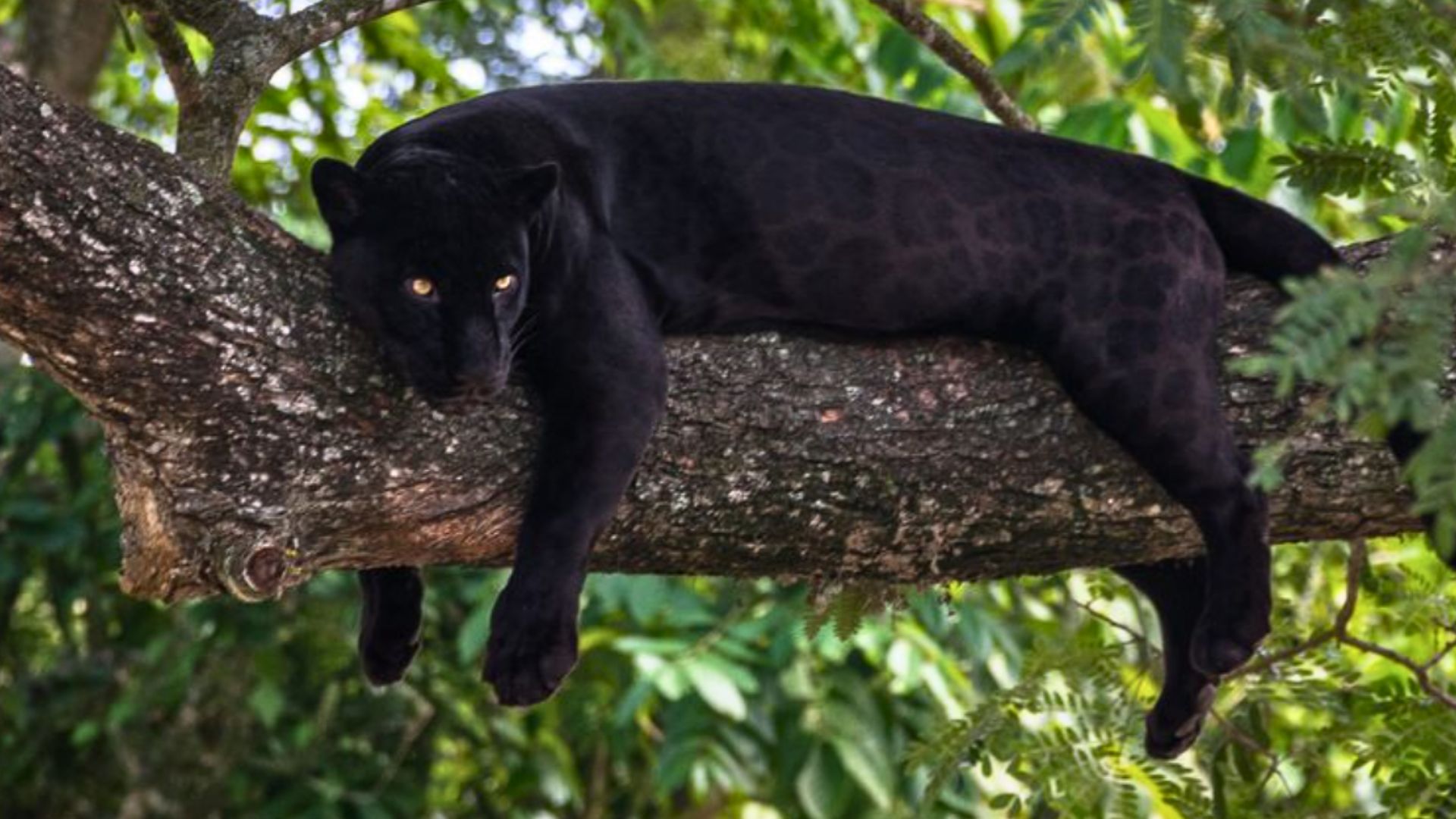
Melanism in big cats is a rare but fascinating genetic trait that results in dark, almost black coats. While often associated with their elusive and mysterious nature, these melanistic cats offer a unique glimpse into the world of survival adaptations.
From better camouflage to enhanced hunting skills, their dark coats provide distinct evolutionary advantages.
In this article, we’ll explore nine melanistic big cats, uncovering the secrets behind their stunning appearances and how their darker fur helps them thrive in the wild.
1. The Genetic Mystery Behind Melanism In Big Cats
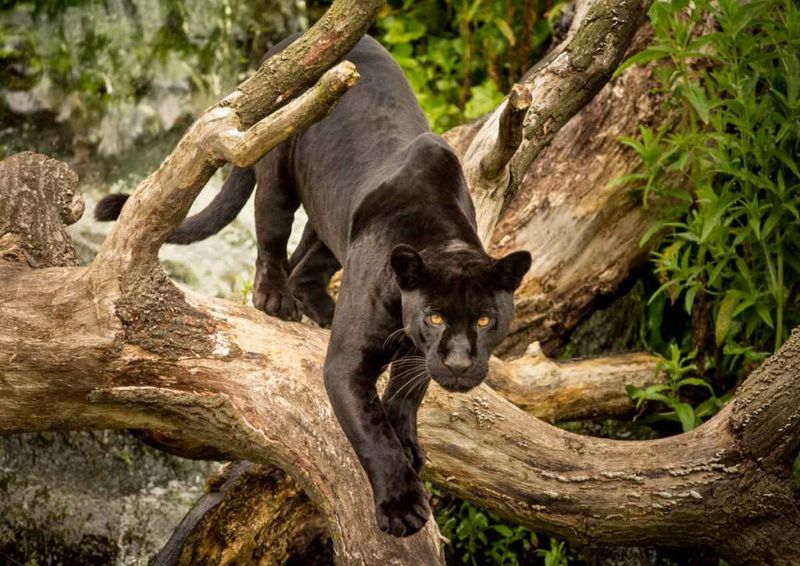
The genetic mechanisms that lead to melanism in big cats remain a fascinating area of study. While this dark coloration is often attributed to a recessive gene, the exact causes and evolutionary benefits are still being researched.
Melanism can provide certain advantages, such as improved camouflage and heat regulation, which may have influenced the survival and distribution of these cats in specific regions.
Understanding the genetic origins of melanism not only sheds light on evolutionary adaptations but also helps scientists better understand the environmental pressures that shape animal populations.
2. How Melanism Enhances Hunting And Camouflage In Big Cats
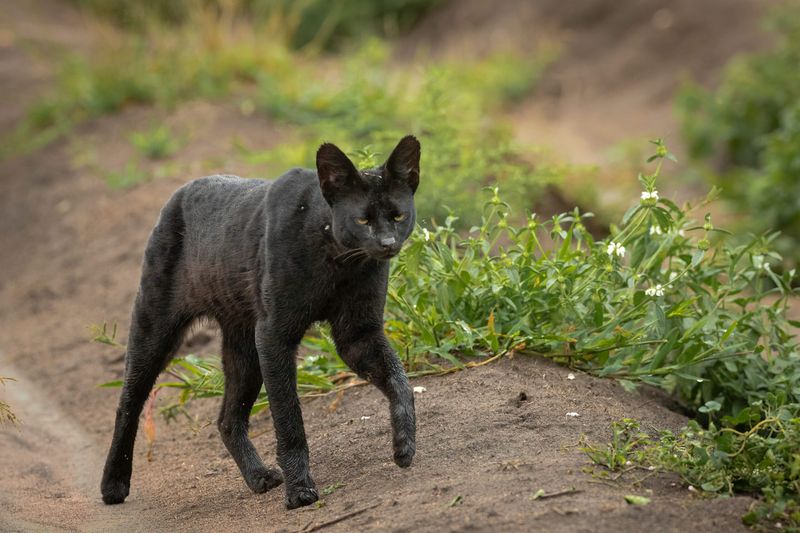
Melanism, the genetic mutation that causes an excess of dark pigment, provides big cats with a distinct advantage in certain environments.
The darker fur helps them blend seamlessly into their surroundings, especially in dense forests or shadowed habitats where light is limited.
This natural camouflage allows them to stalk prey more effectively, reducing the risk of detection and increasing their chances of a successful hunt.
In low-light conditions, melanistic big cats can be more adept at ambushing prey, giving them an edge over their non-melanistic counterparts.
3. Melanistic Jaguar
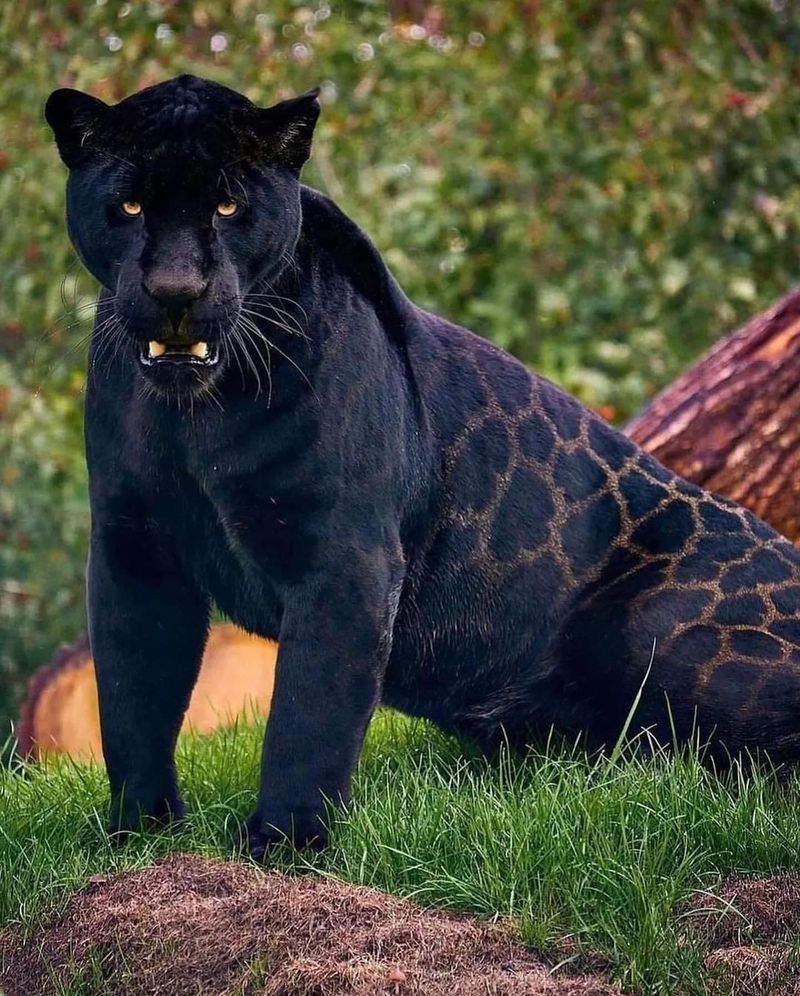
Melanistic jaguars, often referred to as “black panthers,” are a sight to behold. Unlike their spotted counterparts, their melanism arises from a dominant gene. This genetic twist results in a striking black coat that cloaks the usual rosettes beneath. The Amazon rainforest serves as their primary playground, where their dark coat provides an evolutionary advantage.
In the dim rainforest understory, camouflage is key, and these melanistic beauties excel at blending into the shadows. This stealth aids in hunting, allowing them to ambush prey with greater success. Additionally, their black coat may play a role in thermoregulation, absorbing sunlight in cooler environments.
Despite their mysterious allure, melanistic jaguars are just as vulnerable as other big cats to threats like habitat loss and poaching. Conservation efforts are crucial to ensure these captivating creatures continue to roam the wild, leaving their paw prints in the annals of natural history.
4. Melanistic Leopard
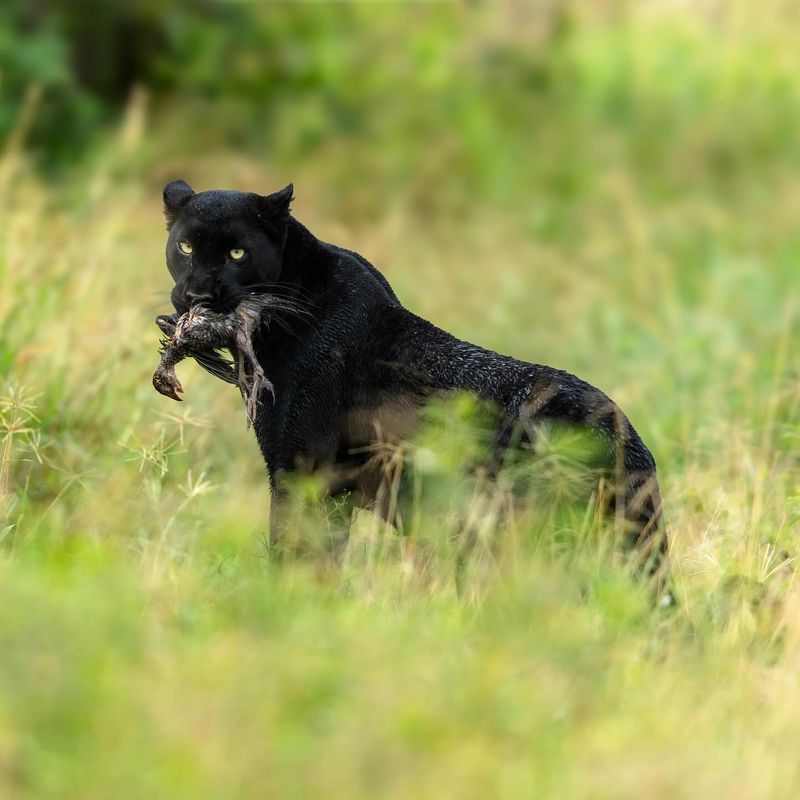
Among the African landscapes, melanistic leopards stand as a testament to nature’s artistry. These elusive felines, often called “black panthers” in Africa, possess a unique genetic mutation that results in an all-black appearance. This characteristic sets them apart from their more conventionally spotted relatives.
The melanistic coat serves as a formidable tool for survival in their environment. It provides excellent camouflage during nocturnal hunts, allowing them to silently stalk their prey. In areas with dense vegetation, their dark coat helps them blend seamlessly, enhancing their ability to remain unseen.
However, this rarity also makes them a target for poachers and photographers alike. Melanistic leopards, with their mysterious beauty, remind us of the delicate balance of nature and the need for conservation efforts to preserve these extraordinary creatures for future generations.
5. Melanistic Puma
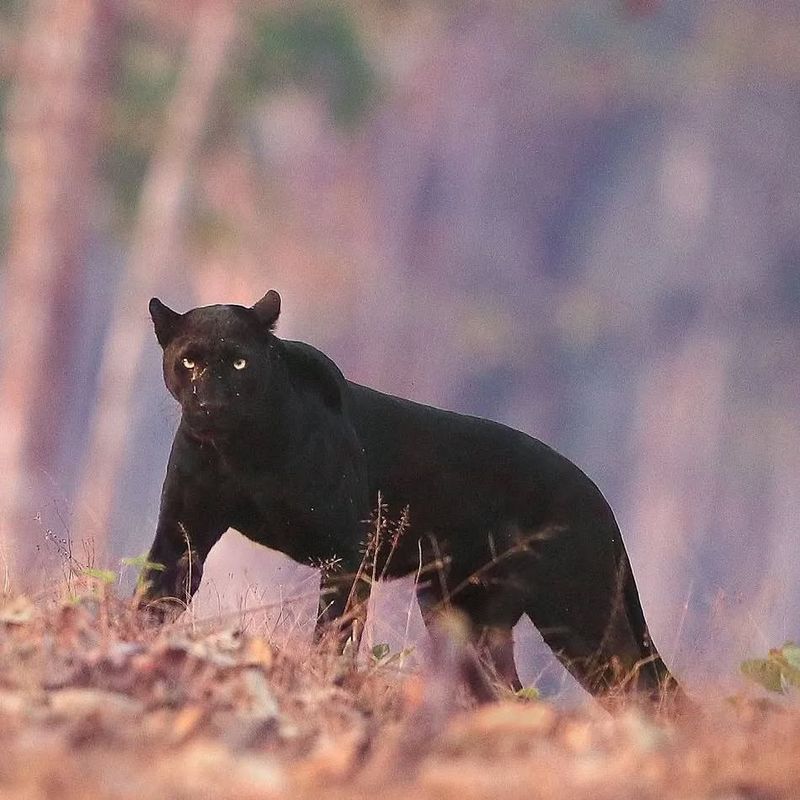
The melanistic puma is a rare and captivating variation of the typically tawny mountain lion. Found primarily in the Andes Mountains, these elusive cats possess a genetic mutation that gives them a strikingly dark coat, setting them apart from their counterparts.
This unique coloration provides a considerable advantage in the mountainous terrain, where they hunt under the cover of night. The dark coat allows them to blend seamlessly into the shadows, enhancing their stealth and effectiveness as predators. It also aids in thermoregulation, helping them absorb warmth in the cooler mountain climates.
Despite their rarity, melanistic pumas face the same challenges as other big cats, including habitat destruction and human conflict. Ensuring their survival requires dedicated conservation efforts to protect their natural habitats and promote coexistence with human populations.
6. Melanistic Serval
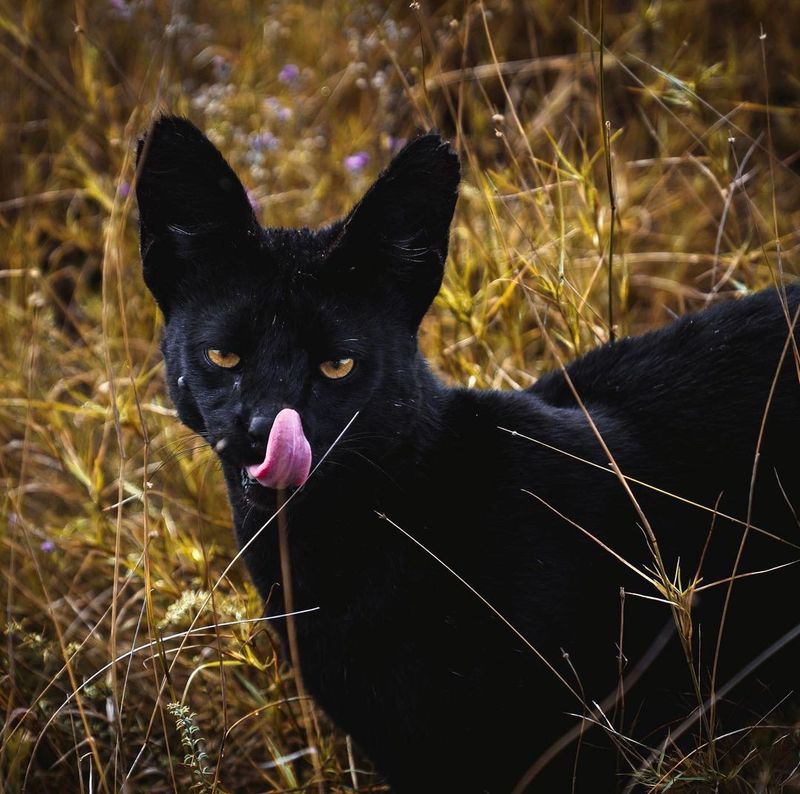
In the vast African savanna, the melanistic serval is an extraordinary and rare sight. These medium-sized cats, typically known for their spotted coats, exhibit a genetic anomaly that results in a striking all-black appearance.
The melanistic coat provides an evolutionary advantage in certain environments. It aids in camouflage, especially during nocturnal hunts, allowing them to approach their prey undetected. Their dark coloration also serves as a form of protection against predators, particularly in shadowy landscapes.
Despite their unique beauty, melanistic servals face threats from habitat loss and hunting. Conservation efforts are essential to ensure the survival of these rare cats, allowing them to continue gracing the savannas with their mysterious presence.
7. Melanistic Bobcat
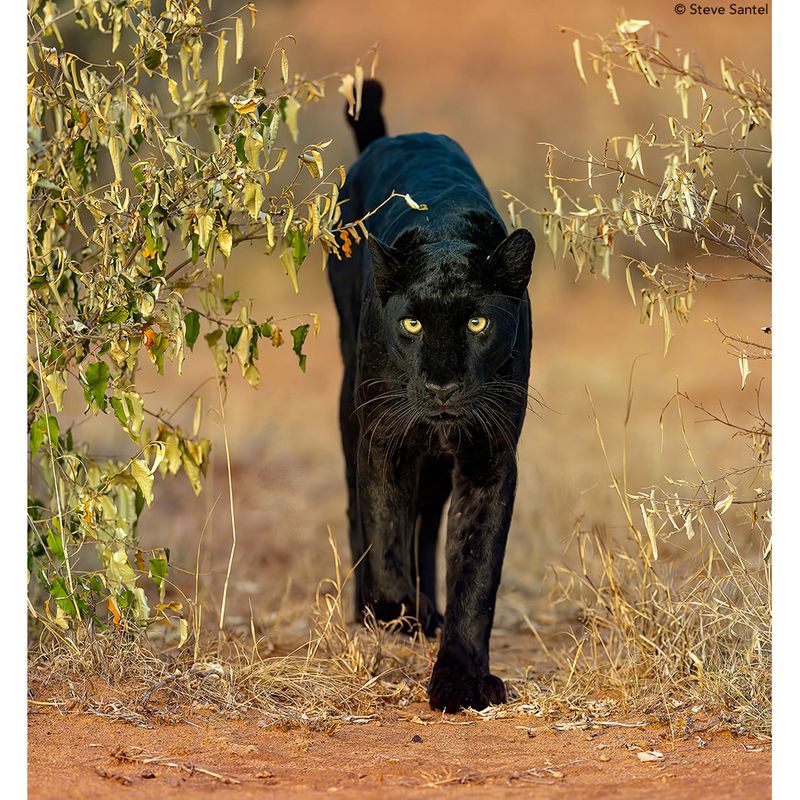
The melanistic bobcat, a rare variation of the commonly found bobcat, weaves a tale of mystery in North America’s dense forests. This elusive feline boasts a genetic mutation that results in an all-black coat, a stark contrast to its usual spotted fur.
In the shadowy realms of the forest, the melanistic bobcat’s dark coat provides an exceptional advantage. It allows them to move stealthily, evading both predators and prey. Their unique appearance also aids in heat absorption, beneficial in the cooler climates they often inhabit.
However, their rarity makes them a subject of fascination and, unfortunately, a target for illegal hunting. Protecting these enigmatic creatures demands concerted conservation efforts to maintain the delicate balance of their ecosystems and ensure their continued presence in the wild.
8. Melanistic Cheetah
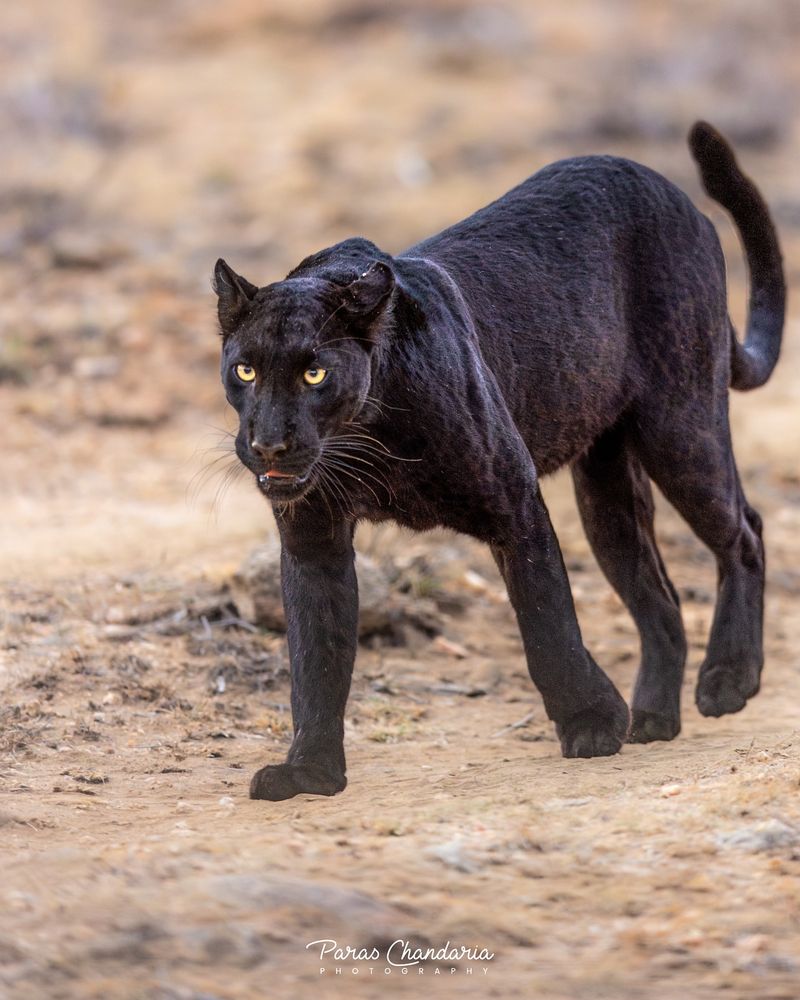
In the world of speed and elegance, the melanistic cheetah is an anomaly. Known for its incredible velocity, this rare cat exhibits a genetic mutation that results in a predominantly black coat, with spots barely visible against the dark background.
This coloration sets them apart in the wild, providing a unique form of camouflage during twilight hunts. While their speed is their primary weapon, the melanistic coat offers an additional advantage in low-light conditions, allowing them to approach prey with greater stealth.
Despite their remarkable abilities, melanistic cheetahs face significant threats from habitat encroachment and illegal hunting. Conservation initiatives are vital to protect these unique speedsters, ensuring they continue to race across the African plains with their unparalleled grace.
9. Melanistic Ocelot
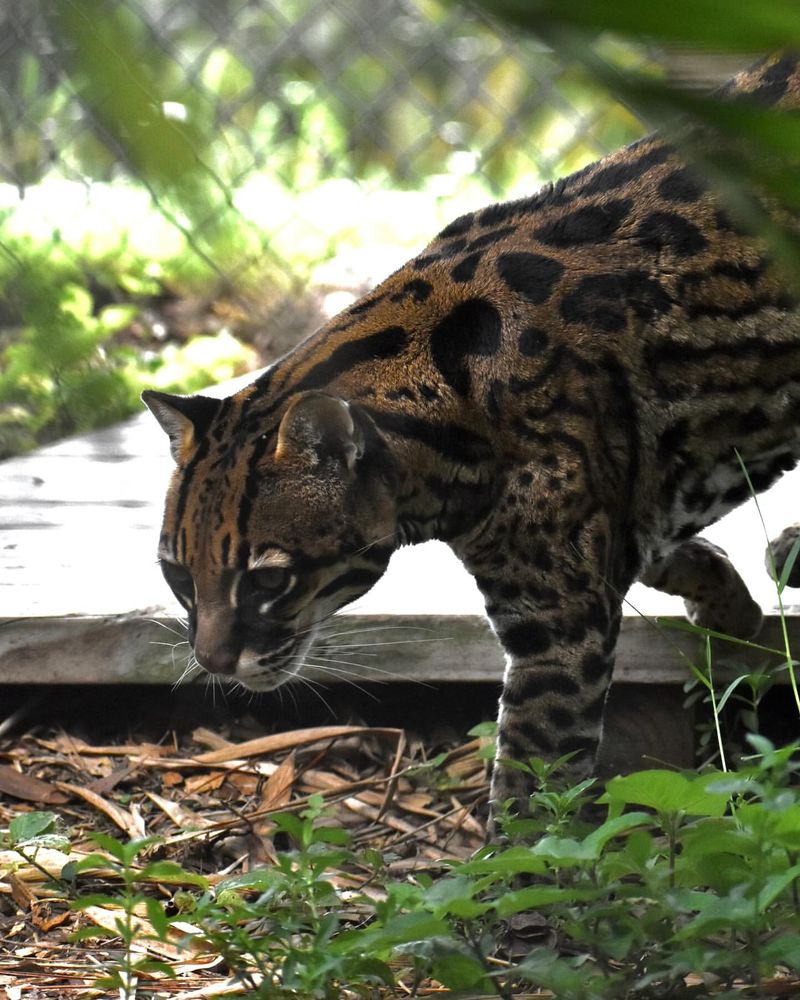
In the dense jungles of Central America, the melanistic ocelot is a rare gem of the wild. This small yet powerful cat boasts a black coat due to a genetic anomaly, allowing it to blend seamlessly into the shadowy forest environment.
The melanistic ocelot’s dark coloration provides a significant advantage in its lush habitat. It aids in concealing its presence from both prey and predators, enhancing its hunting success. The dark coat also plays a role in regulating body temperature, particularly in the cooler forest understory.
Despite their rarity and beauty, melanistic ocelots face threats from deforestation and illegal wildlife trade. Conservation measures are essential to protect these magnificent creatures, ensuring they continue to thrive in their natural jungle homes.
10. Melanistic Tiger
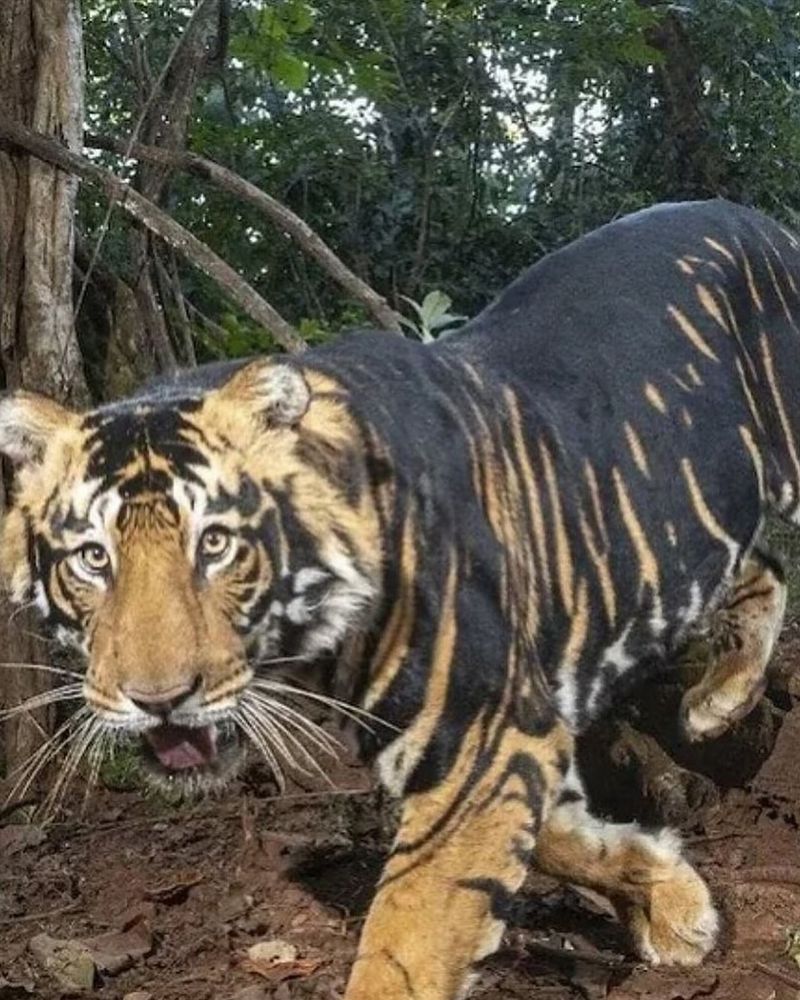
The melanistic tiger, a rare variant of the majestic Bengal tiger, prowls the dense mangroves of the Sundarbans. Its striking black coat, marked with barely visible stripes, results from a genetic mutation that adds to its mystique.
In the shaded mangroves, this dark coloration provides an evolutionary edge, allowing the tiger to move with stealth and surprise its prey. The black coat also aids in heat absorption, a critical adaptation for the humid environment of the Sundarbans.
Despite their rarity, melanistic tigers face significant threats from habitat loss and human-wildlife conflict. Protecting these enigmatic felines requires strong conservation initiatives to ensure their survival and the preservation of their unique habitats.
11. Melanistic Caracal
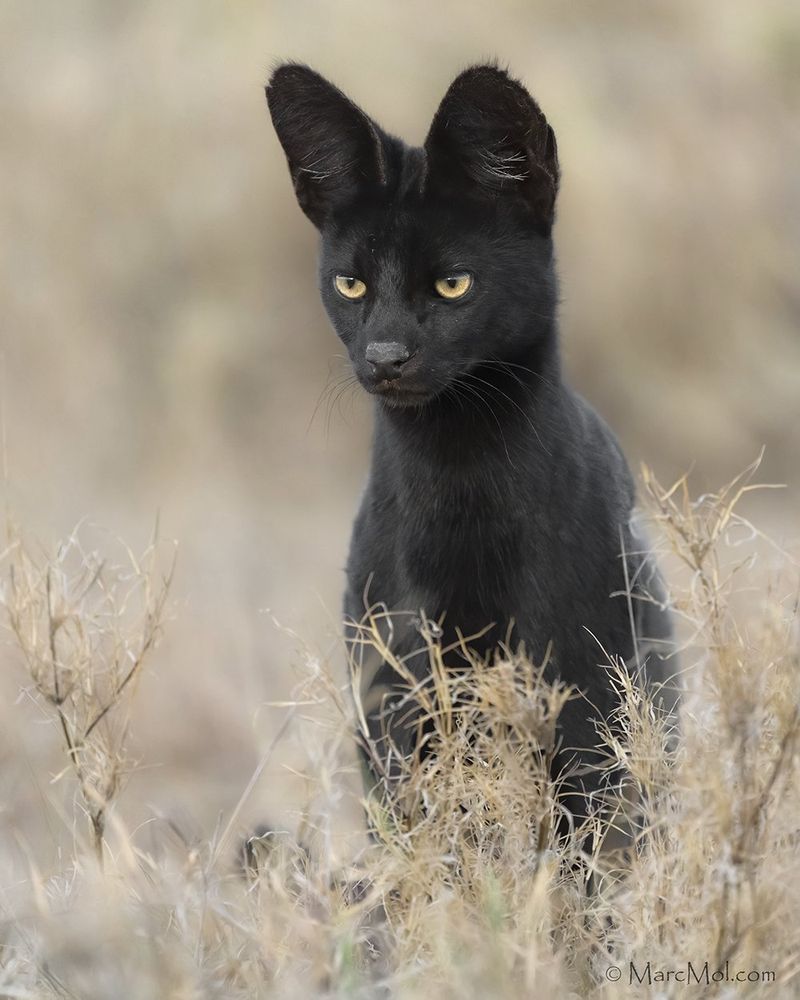
The melanistic caracal, a rare sight in the arid landscapes of the Middle East, captivates with its unique appearance. The black coat, a result of a genetic mutation, distinguishes it from the typical tawny caracals.
In the harsh desert environment, the melanistic coloration provides a strategic advantage. It helps the caracal blend into the shadows, enhancing its ability to hunt and evade predators. Additionally, the dark coat aids in absorbing heat during the cooler nights, supporting its survival.
Despite their rarity, melanistic caracals face challenges from habitat encroachment and hunting. To ensure their survival, focused conservation initiatives are essential, promoting the protection of their natural habitats and fostering coexistence with human populations.

